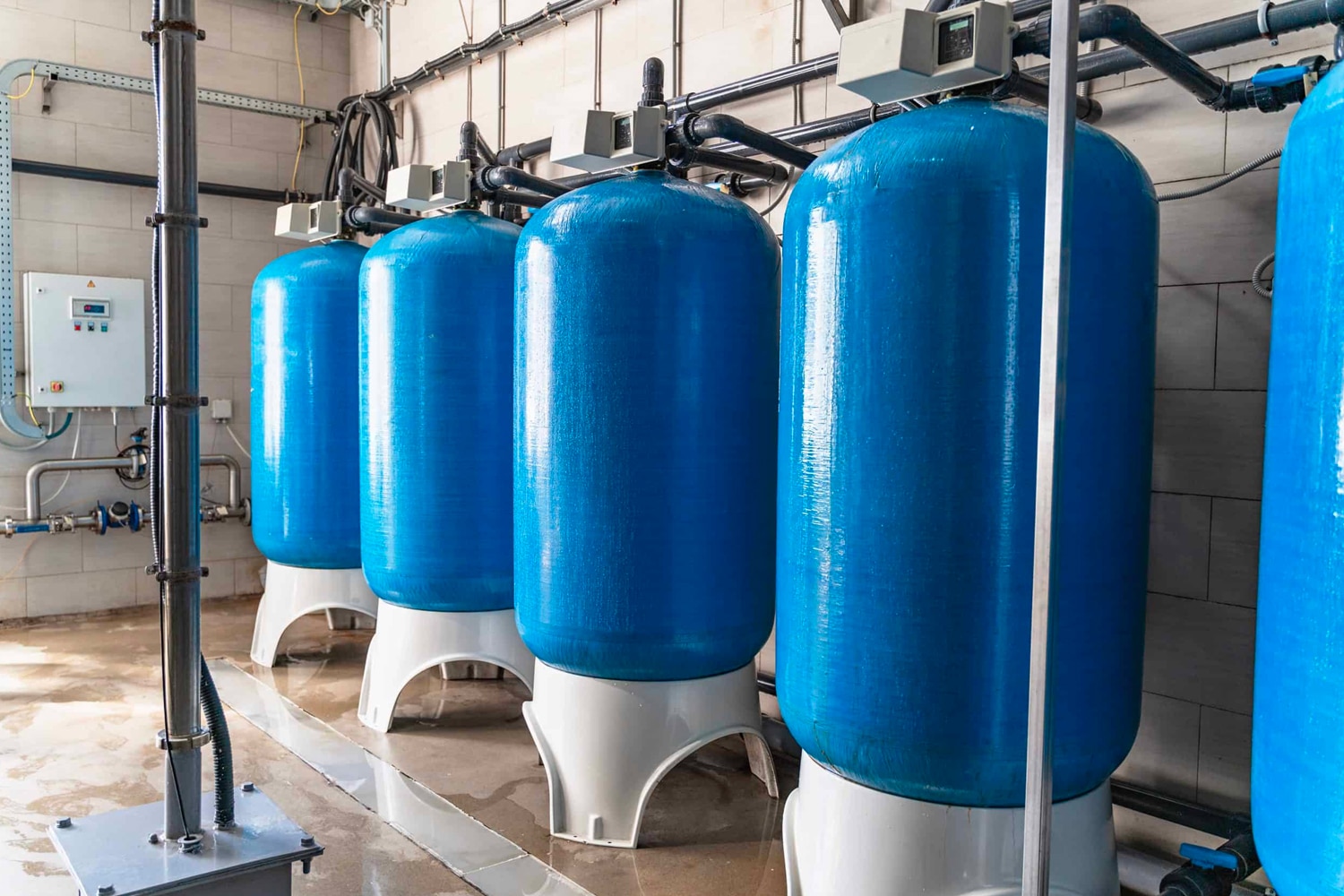The Role of Pressure Tanks in Well Water Systems: Why You Need One for Stable Water Pressure

For homeowners who rely on private wells, having consistent and reliable water pressure is essential. Unlike municipal water systems, where water is distributed through a vast network, private well systems depend on a combination of equipment to deliver water efficiently. At the heart of this setup is the pressure tank for well water, a critical component that ensures smooth flow, stable pressure, and a longer lifespan for your pumping system.
Without a properly functioning pressure tank, your well system would be under constant strain, leading to costly repairs and uneven water delivery. Let’s explore why pressure tanks are so important, how they work, and what role well drilling contractors play in keeping your system operating at its best.
Why Pressure Tanks Are Essential in Well Water Systems
A pressure tank for well water acts as the bridge between your pump and your home’s plumbing. Its main role is to regulate water pressure and minimize how often the pump cycles on and off.
Here’s why that matters:
- Consistent Pressure – The tank stores pressurized water, ensuring you don’t experience sudden drops or surges while using faucets, showers, or appliances.
- Pump Protection – Without a pressure tank, the pump would need to switch on every time you used water, causing excessive wear and tear.
- Energy Efficiency – Fewer pump cycles mean reduced electricity use, lowering utility costs.
- Emergency Storage – The tank holds a reserve of water, which can be crucial if the pump malfunctions temporarily.
In short, the tank provides balance and stability, making daily water use more comfortable and the system more reliable.
How a Pressure Tank Works
The design of a pressure tank for well water is deceptively simple. Inside the tank are an air chamber and a water chamber. As water enters the tank, the air compresses, creating pressure. When you open a faucet, the compressed air pushes the water out into your plumbing system.
The cycle generally works as follows:
- Water is pumped from the well into the tank.
- The air inside compresses as water fills, building pressure.
- When the pressure reaches a preset maximum, the pump shuts off.
- As water is used, pressure decreases until it hits the cut-in level.
- The pump turns back on to refill the tank.
This setup ensures that your pump only runs when necessary, extending its life significantly.
Types of Pressure Tanks
Not all tanks are the same, and understanding the differences can help you make better choices for your well system.
- Air-Over-Water Tanks – The simplest type, where air and water are stored together. These require frequent maintenance to prevent waterlogging.
- Diaphragm Tanks – Use a rubber diaphragm to separate air from water, preventing mixing and reducing maintenance needs.
- Bladder Tanks – Similar to diaphragm tanks, but feature a balloon-like bladder inside that expands and contracts with water flow. These are among the most efficient options available.
Choosing the right tank depends on household demand, well depth, and system design. Consulting with well drilling contractors can help ensure you select the most appropriate option.
The Connection Between Pumps and Pressure Tanks
The relationship between the pump and the pressure tank for well water is vital. The pump is responsible for drawing water from underground, while the tank manages storage and pressure. Together, they ensure that water is available on demand without overworking the pump.
When this balance is disrupted—say, by a failing bladder or a leak—the pump may cycle too frequently, leading to higher electricity bills, faster motor wear, and inconsistent water pressure. That’s why regular system checks are so important.
Signs You May Need Pressure Tank Maintenance or Replacement
Like any mechanical component, pressure tanks can fail over time. Here are some common warning signs to watch for:
- Short Cycling – The pump turns on and off rapidly, often due to a faulty bladder or diaphragm.
- Low or Fluctuating Pressure – Indicates the tank isn’t maintaining steady levels.
- Visible Leaks or Rust – Physical deterioration that can compromise performance.
- Strange Noises – Banging or clunking sounds may suggest internal issues.
If you notice these symptoms, it may be time to call in professionals for inspection, repair, or replacement.
The Role of Well Drilling Contractors
While pressure tanks are critical, they are only one part of a larger well water system. Skilled well drilling contractors not only install new wells but also play a major role in maintaining pumps, tanks, and plumbing connections.
Their expertise ensures:
- Correct system sizing for household water demand.
- Proper tank installation for maximum efficiency.
- Routine inspections that prevent costly breakdowns.
- Guidance on upgrading equipment for better performance.
Whether you are drilling a new well or updating an older system, working with experienced contractors is key to long-term water reliability.
Benefits of a Properly Sized and Maintained Pressure Tank
When your pressure tank for well water is correctly sized and well maintained, you’ll notice immediate advantages:
- Steady Water Flow – No more sudden drops mid-shower.
- Reduced Energy Bills – Fewer pump cycles mean less energy consumption.
- Longer Pump Lifespan – Protecting the pump saves money on frequent repairs or early replacements.
- Peace of Mind – Confidence in knowing your home has a reliable water source at all times.
Tips for Extending the Life of Your Pressure Tank
- Schedule annual inspections with a professional.
- Monitor your water pressure regularly.
- Drain and flush the tank when recommended to prevent sediment buildup.
- Replace worn components like gauges and switches promptly.
By keeping up with simple maintenance, you can extend the lifespan of your system and avoid sudden failures.
A pressure tank for well water may seem like a simple piece of equipment, but it plays a vital role in ensuring stable pressure, protecting the pump, and providing reliable water flow to your home. Without it, your system would be inefficient, costly to operate, and prone to breakdowns.
By working with trusted well drilling contractors, homeowners can ensure that their well systems are properly designed, installed, and maintained for long-term performance. In the end, a well-functioning pressure tank isn’t just about convenience—it’s about protecting one of the most important resources in your home: your water supply.




